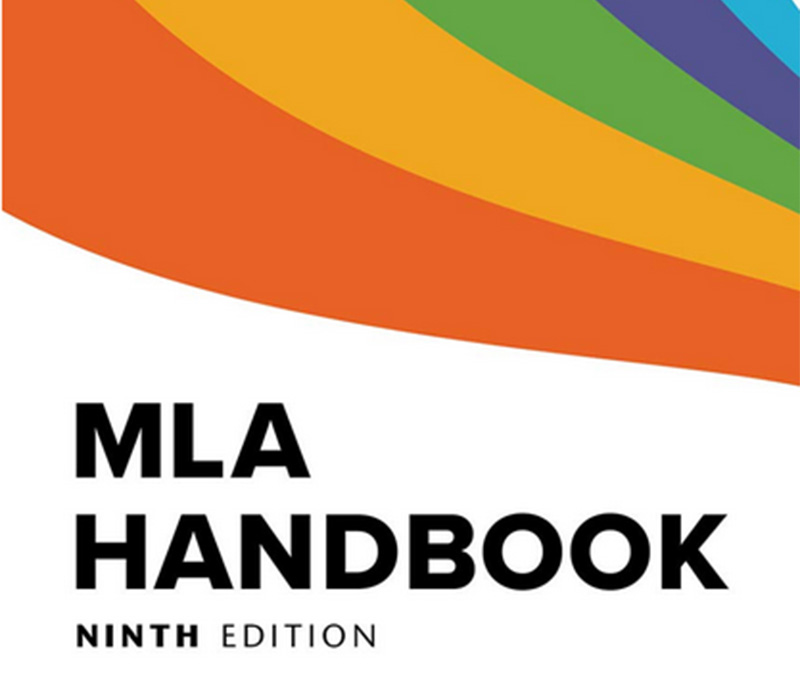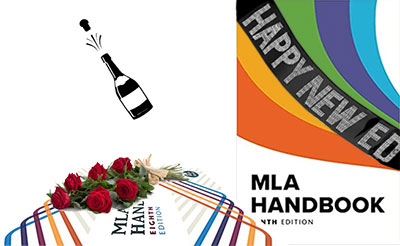
In 2021, MLA came out with an updated style guide, the 9th edition. This edition, with 400 pages and over 500 citation samples, is a lot meatier than the 160-page 8th edition.
The good news for writers who rely on MLA style is that the nitty gritty details are the same: most (99%!) of the formatting and citation information is the same as in previous editions. The other good news is that the 9th edition has many more examples and some new chapters on top of all that the 8th edition had to offer. There is no bad news, as far as I am concerned.

In today’s post, I’ll detail this good news, describing the new chapters and other additions and pointing out a few other minor changes in the 9th edition MLA writers should be aware of.
Get a free sample proofread and edit for your English document.
Two professional proofreaders will proofread and edit your English document.
Chapter 1: Paper Formatting
Chapter 1 reintroduces paper formatting to the MLA style guide. Specifically, this chapter describes the first page heading (name, instructor’s name, course name, and date) and title; headers on each page with author name and page numbers; details about section headings and subheadings, tables, illustrations, and vertical and in-text lists (such as the list in this sentence); and even paper selection and binding. The contents of this chapter do not reflect changes to the style, just a reinclusion and expansion of information that was included in editions prior to the 8th.
Chapter 3: Inclusive Writing
This new chapter provides a framework for ensuring your writing is inclusive (i.e., that you use words and expressions that are respectful of individuals and groups and avoid writing in a manner that is biased towards or against any groups or individuals). Including only the relevant information about those you describe, avoiding generalizations, using person-first language (“a person experiencing homelessnes” rather than “a homeless person”), and sensitively using pronouns are some of the aspects of inclusive writing described in Chapter 3.
Chapter 7: Footnotes and Endnotes
Chapter 7 describes MLA’s approach to notes. Either footnotes or endnotes may be used; if the latter are used, include a section at the end of the paper called “Notes” or “Endnotes.” Because citations in MLA are parenthetical, notes are not used extensively, but they may be used to provide supplemental bibliographic information (such as a note describing how multiple sources were used for a common purpose) or to expand upon the content of the paper in a way that would interrupt the flow of the paper if included in the body. The chapter also gives a sampling of examples of the wording and formatting of notes per MLA style.
Other Changes
Here are a few more important and exciting changes in the 9th edition:
And Finally
If you’ve checked out the MLA Handbook, you know it has a handy-dandy “template of core elements.” This is basically a list of information about a resource you should collect as you work on a research project so that you have all the information you need when you cite sources and write your works cited list. The core elements are:
Items 3 through 9 are all considered containers, and although most resources have an author and title, many resources only have some of the containers.
To help clarify the purpose and styling of the core elements, the 9th ed. has a highly detailed description, for each of the elements, of what the element is, how to locate it in a variety of sources, and how to format it in your works cited page. And should this discussion of the elements not be enough to satisfy your needs, the appendix has over 500 sample citations, organized by type of source, to help you know just how to handle almost any source. For a great online MLA 9th edition resource, see the ever-handy and informative Purdue Owl.
Sarah P.
Get a free sample proofread and edit for your English document.
Two professional proofreaders will proofread and edit your English document.
Get a free sample proofread and edit for your document.
Two professional proofreaders will proofread and edit your document.
We will get your free sample back in three to six hours!